Tips for preserving your camera when traveling in the rain and wet weather
- Wednesday, Jun 11, 2025, 08:57 (GMT+7)
Tips for preserving your camera when traveling in the rain and wet weather
In the world of travel, a sudden rain shower can turn a perfect photo into a nightmare for your camera. When your luggage includes not only a backpack and a map but also lenses, filters, and a delicate sensor, protecting your camera from bad weather becomes crucial. Especially for those who explore nature, capture moments on the move, or simply want to preserve vibrant memories uninterrupted by storms, these practical, field-tested experiences are worth knowing before you hit the road.
First, it’s important to understand that moisture and rainwater are the number one enemies of a camera. It doesn’t take submerging in water to cause damage. A single layer of humidity creeping into the battery slot or memory card compartment can degrade internal components. Sometimes, after a brief exposure to rain, you may not notice the damage right away, but sensor spots or shutter issues can appear later. That’s why professional photographers follow strict protection routines, even with weather-resistant gear.
One simple but surprisingly effective trick is using a clear ziplock bag to wrap your camera. This inexpensive and lightweight solution is perfect for emergency protection when you don’t have time to pull out a rain cover. Just slip the camera into a large ziplock, seal it tight, leave space for the lens, and secure it with an elastic band. It acts as a protective shell that keeps the device dry and still lets you shoot quickly if needed.
However, for those serious about image quality, investing in a proper rain cover is highly recommended. These covers are designed to fit specific camera types, from mirrorless to DSLR, and are relatively affordable compared to the potential cost of water damage. The best covers provide separate shields for the body and lens while allowing full access to focus, zoom, and shutter buttons. This is ideal for extended outdoor shooting in the rain, such as chasing clouds atop Ta Xua or photographing floating markets in Can Tho during an unexpected drizzle.
Aside from external protection, managing humidity inside the camera bag is just as vital. Desiccant packs are essential travel companions, especially when passing through humid areas like northern mountains or coastal regions. Placing a few packets in camera compartments helps maintain a dry environment. Choose reusable silica gel packets that can be sun-dried or gently reheated for longevity and convenience.
A lesser-known but important tip is drying your hands before touching your camera. In many rushed situations, like trekking through wet paths, people unknowingly use damp hands to unzip the bag or grab the camera. This small act can introduce moisture into buttons or joints, leading to electrical malfunctions. The simple solution is carrying a microfiber cloth, which absorbs moisture well and doesn’t shed lint. It’s invaluable in unpredictable weather.
Transitioning from a humid place to an air-conditioned space like a car or hotel room can cause condensation on your lens and internal parts. When this happens, avoid opening the lens cap immediately. Keep the camera in the bag and wait until the temperature stabilizes. This is a golden rule among street and travel photographers, especially in tropical climates.
When it’s just drizzling lightly, not enough to warrant full rain gear but still damp enough to fog your lens, people often cover the camera with a jacket or raincoat. However, that can backfire because wet fabric might trap moisture against the body of the camera. A smarter move is to use a thin moisture-resistant cloth to cover the device when not in use, offering lightweight yet effective protection.
If your camera does get wet, the number one rule is not to turn it on to check if it still works. Moisture inside the device can short-circuit the electronics. First, dry the exterior thoroughly with a cloth, remove the battery and memory card, and place the camera in a dry, well-ventilated area. If available, use a drying cabinet or desiccant packs. Never put it under direct sunlight, as heat can warp plastic parts and degrade the weather sealing.
There are also emergency tricks passed around in the travel photography community, like placing the camera in a container of uncooked rice to absorb moisture or using a mini dehumidifier. While not professional methods, they have helped save gear in unexpected situations when proper tools weren’t on hand.
That said, it’s not only the equipment that needs protecting, but also the mindset when using it in harsh conditions. Instead of trying to capture every single moment in the rain, learn to observe and wait for the right moment. A blurry photo from a wet lens cannot be fixed with software, but a perfectly timed shot right after the rain can evoke powerful emotions. Patience and awareness can sometimes be the best protection for both your gear and your travel experience.
If you’re heading to a region known for frequent rains, like the Northwest during spring or the central coast in October, it’s worth preparing a camera checklist. Include dry cloths, ziplock bags, dedicated rain covers, silica gel, spare batteries, and enough know-how to handle sudden weather changes. On mindful journeys, what remains isn’t just a pretty picture, but the calm and careful decisions that kept your camera safe and your memories intact.
A camera is more than just a device. It’s a keeper of your adventures. Protecting it from rain and storm is not just about safeguarding equipment but also about honoring your passion in the most resilient and responsible way.

 CHECKIN.VN
CHECKIN.VN

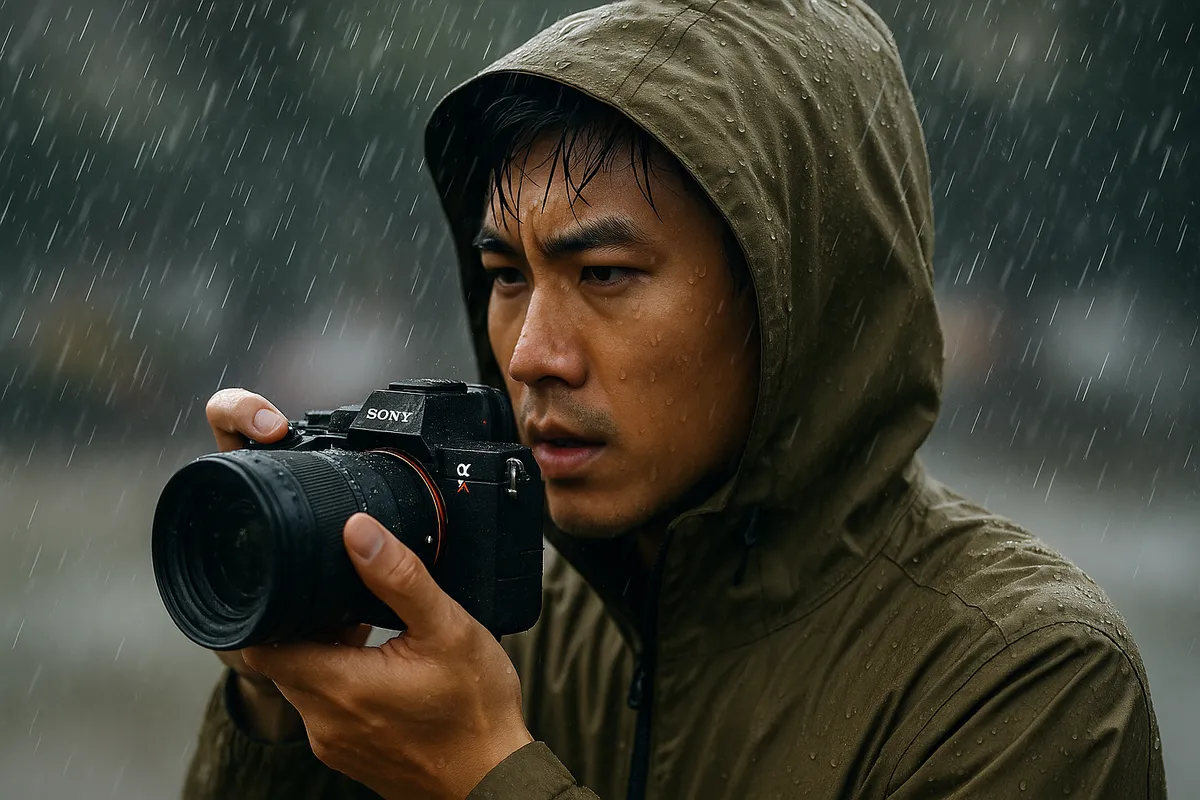
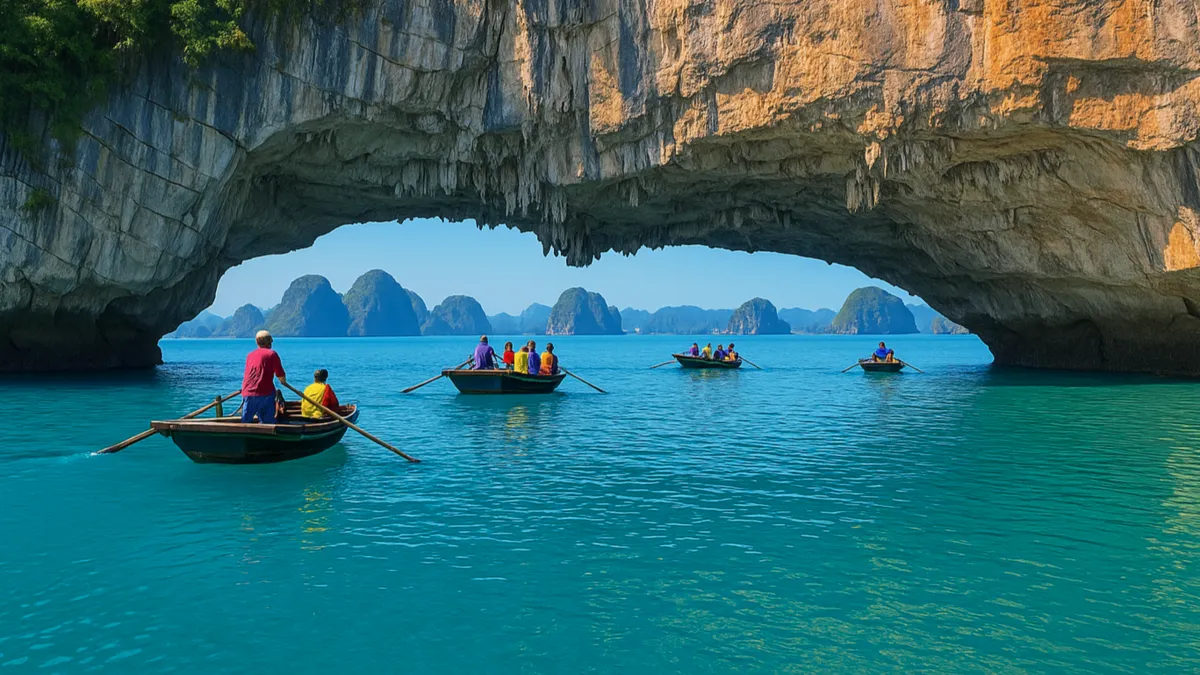
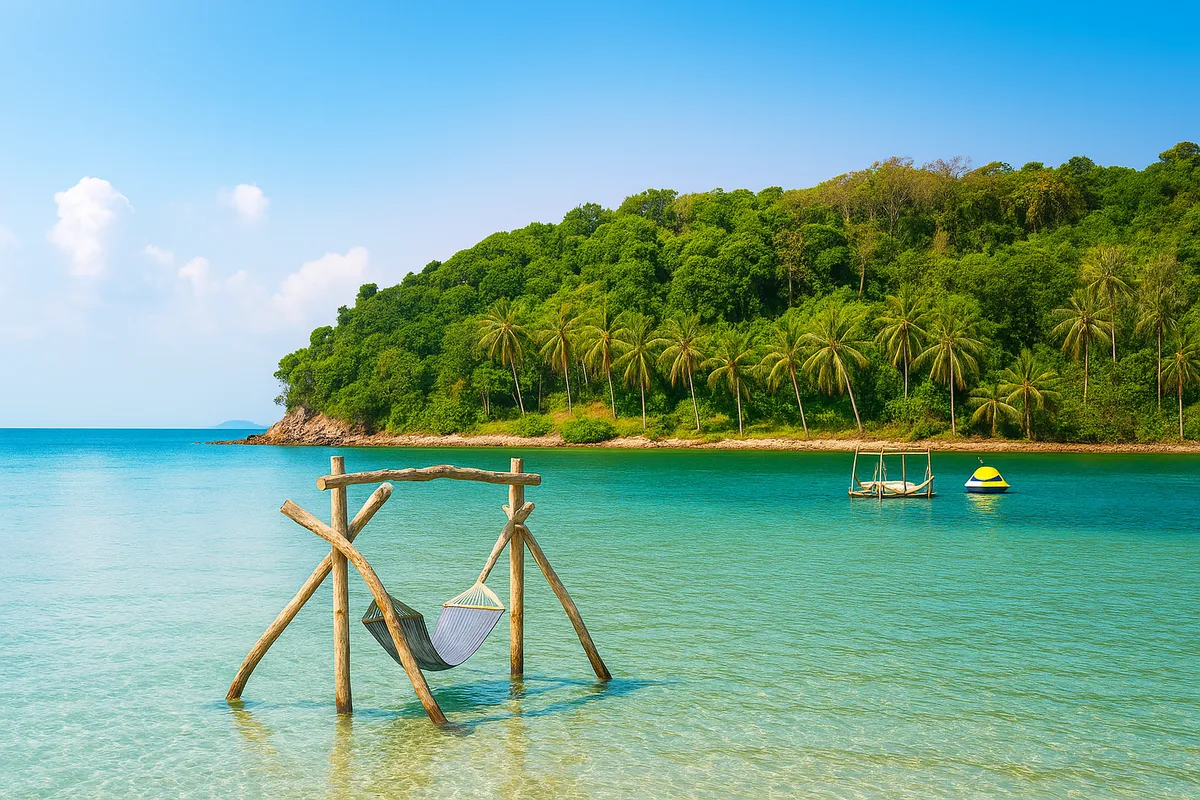

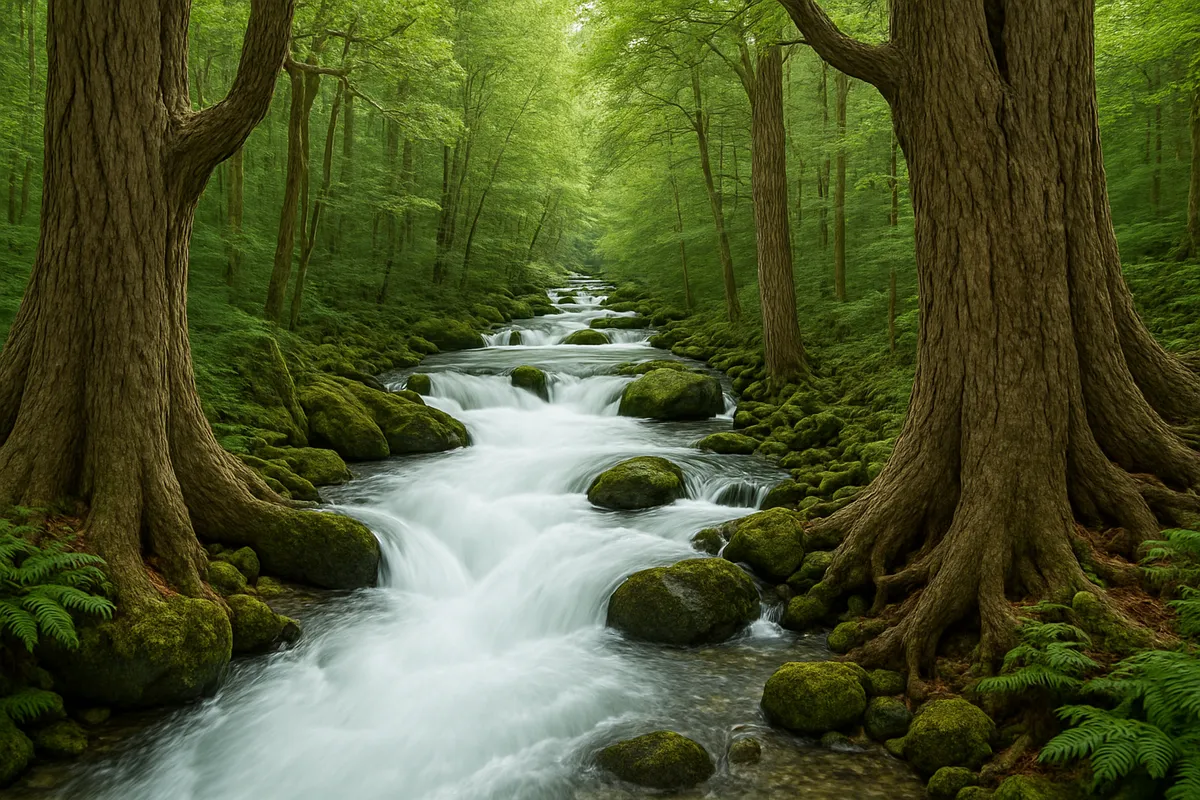

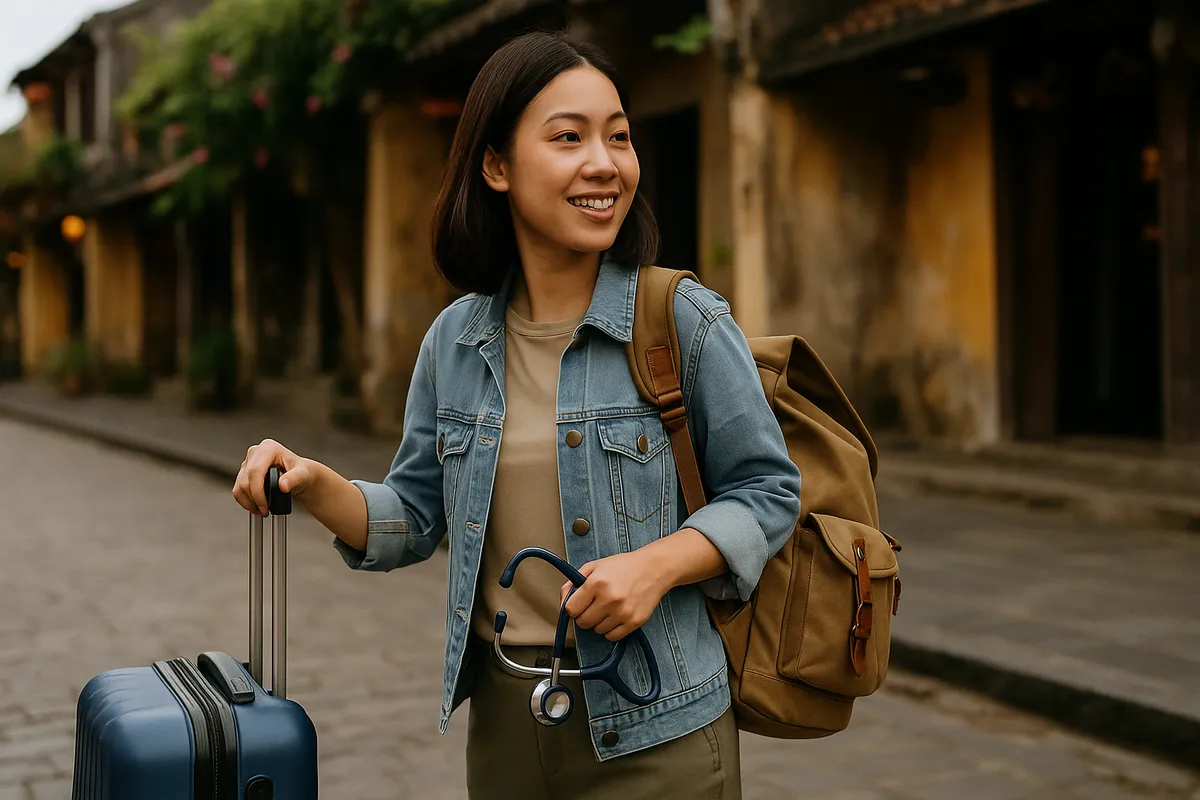
Share on